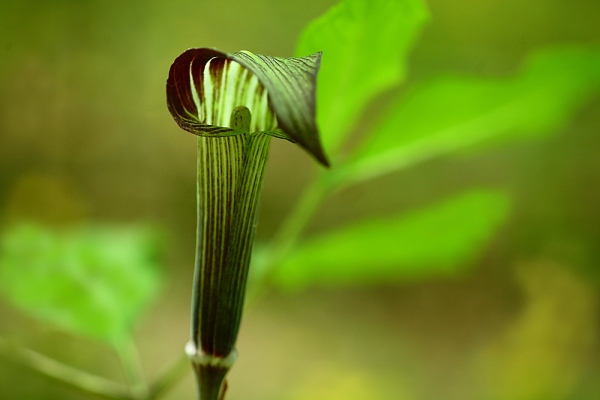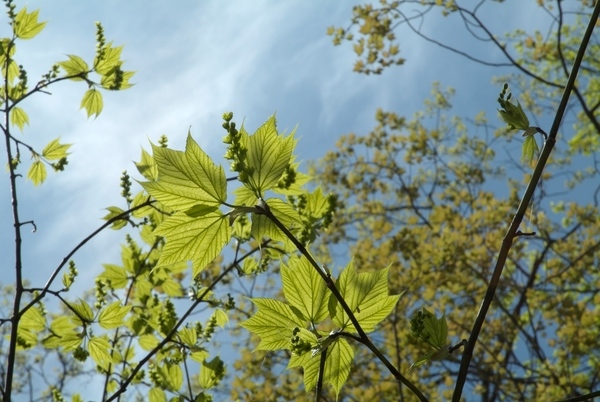Okay, let’s talk about sex again. Plants are so adventurous in this realm, having none of the hang-ups or intolerances that we humans often do. Plants can be male, female, hermaphroditic, or non-sexed; they might be self-sexing or fertile only when with partners, often having many partners; they regularly entice other species into their escapades; many switch sexes throughout their lives. It’s this last trait, the floral sex-change, that I’ll explore today.
An example should help illustrate: the Jack-in-the-pulpit (Arisaema triphyla) usually spends the first years of its life sexless as a small, single-leaved pre-adolescent. After several years the plant will begin to flower – always male flowers only. Given time, the once single leaved plant will return with a second leaf and suddenly blossom a female flower (or sometimes both male and female ones). Scientists call this bisexual potentiality – the potential to be either sex.

Now let’s get into the evolution part of this. Bisexual potentiality makes sense in at least one
particular evolutionary case – when the functioning as a male or female is done best by individuals of different ages. In the case of our Jack-in –the-pulpit, younger plants do not have the energy reserves yet to produce seeds but are capable of producing pollen without exhausting themselves. It is only when they are older and have built up underground energy reserves that they are capable of producing seeds (and the female flowers that precede them). At this age being female makes them more capable of passing on their genes to further generations.

Only a small number of plant species are known to go through this sex-change operation. Striped maple (Acer pensylvanicum) is another, exhibiting a similar strategy. This maple is an understory tree in the Northeastern American forests. It generally remains small but if a light gap opens in the forest canopy from the loss of a mature tree it takes advantage and can grow to 30 feet or more. Only once it has this light advantage will it change from male to female and begin producing the familiar two-winged seeds called samaras.
Next time: Catastrophic Sexual Transmutation